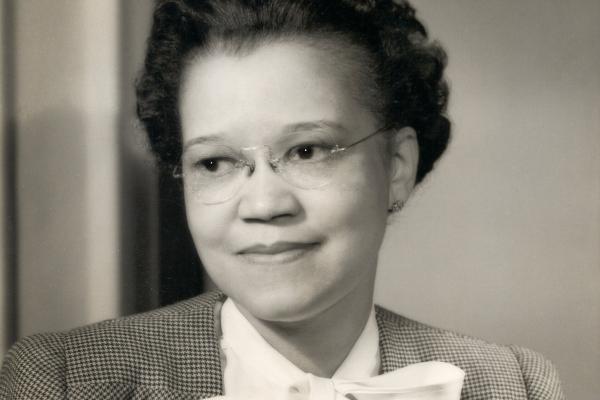Advanced Search
This diagram shows the original plan for construction of the rapid transit/subway tunnel.
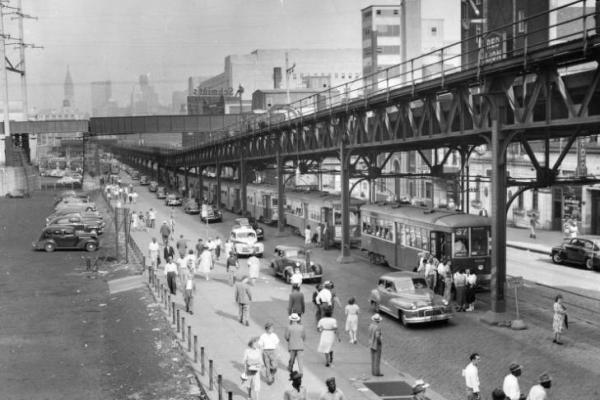
This photo shows the El near 32nd Street on the eve of renewed tunneling of the West Philadelphia integrated rapid transit and subway system, which had been halted during the Great Depression and Second World War.
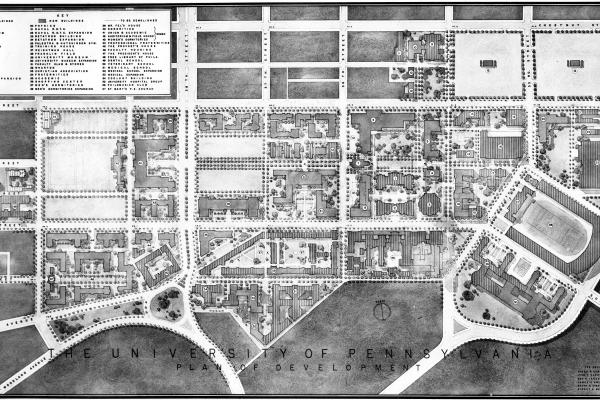
The Martin Plan, as illustrated by this map from the original report, proposed expanding the University of Pennsylvania campus over portions of Woodland Avenue.

Sadie T.M. Alexander pictured as "Woman of the Year" in the second edition of the comic book, Negro Heroes. The portrait is based on a photograph taken during her time as a member of the Truman Commission on Civil Rights.
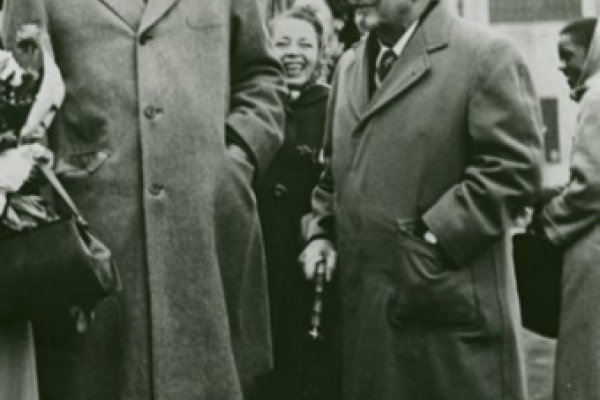
W.E.B. Du Bois supported Robeson in his struggle to have his U.S. passport restored. Du Bois remarked, “He is without doubt today, as a person, the best known American on earth, to the largest number of human beings. Only in his native land is he without honor and rights.”

The view is from 36th St. looking west on Market St., showing construction of the Market St. subway tunnel in the Black Bottom.
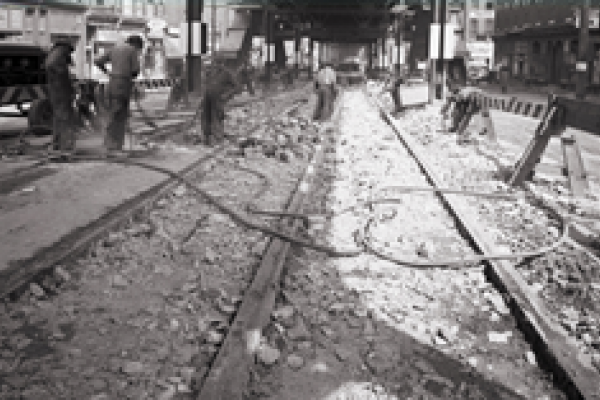
This photo shows removal of the surface tracks that carried trolleys on the street below the Market St.Elevated. (The area was heavily trafficked.)The view is east on Market from 36th St. This work and the excavations that followed in the 1950s generated debris and pollution that was not accounted for in the Redevelopment Authority’s assessment of blight in the Black Bottom.

The view is from 36th St. looking west on Market St., showing construction of the Market St. subway tunnel in the Black Bottom.
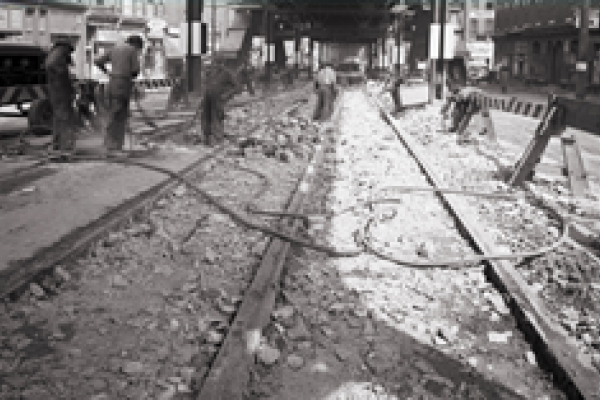
This photo shows removal of the surface tracks that carried trolleys on the street below the Market St.Elevated. (The area was heavily trafficked.)The view is east on Market from 36th St. This work and the excavations that followed in the 1950s generated debris and pollution that was not accounted for in the Redevelopment Authority’s assessment of blight in the Black Bottom.
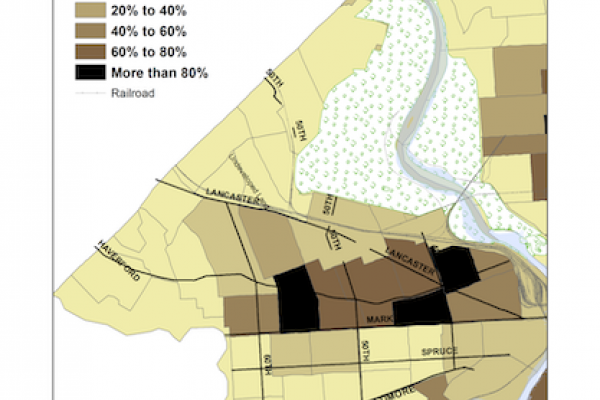
In 1950, the black population of West Philadelphia remained concentrated north of Market St.

In 1950, West Philadelphia’s population still included 10% who were immigrants and many whose parents were foreign-born. In some neighborhoods, more than 20% were born abroad.
